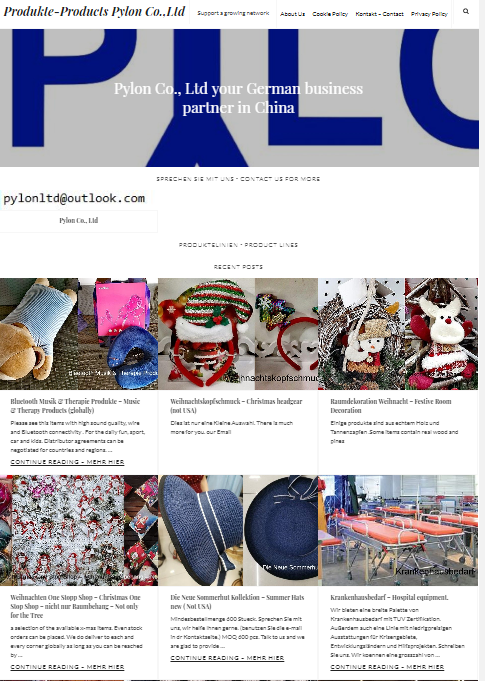It's Happening....
Two Ningbo Brands Ranked among Top 100 Most Valuable Public Brands
- Details
- Category: Ningbo Business
- Published: Tuesday, 07 June 2016 13:27
Recently, the assessment of the value of public tea brands in 2016 was publicized officially. Pubuxianming, a brand of Yuyao, ranked 70th with a brand value of 0.87bn yuan. Following closely behind was the tea brand Wanghaicha worth 0.791bn yuan. However, considering that they’ve ever both made it into the top 40, the result turned out to be a drastic plummet.
Ningbo’s tea industry has been troubled with the lack of renowned brands. So what on earth has impeded the growth of local tea brands? How to develop local tea business?
Pubuxianming, a brand worth 0.87bn yuan
Since 2000, a new type of branding featuring “public regional brands” gained popularity in agriculture, of which the tea business is the most representative.
The assessment of Chinese public regional tea brands are carried out by the Center for China Agricultural Brands of Zhejiang University, based on the CARD model. Released every year, its result has been a faithful reflection of Chinese tea business since it was initiated 6 years ago.
Since December of 2015, the research group has shortlisted 108 brands from a number of eligible brands in mainland China. Afterwards, through multiple ways including literature review, investigation of experts, and consumer feedbacks, 92 brands were properly assessed, of which Tieguanyin, the tea band in Anxi worth 6.004bn yuan topped the list.
However, Pubuxianming, the brand of Ningbo, ranked only 70th with a brand value of 0.87bn yuan, followed by another local brand Wanghaicha worth 0.791bn yuan.
Since June of 2002 when Pubuxianming became the first brand in Ningbo with geographical indications, its price can reach over 1000 yuan per kilogram, which not only contributed to an increase of over 6 million yuan in local collective economy but also raised the average income of local famers to nearly 15,000 yuan. In contrast, the same tea was only sold at 120 yuan per kilo before, and the income of famers then averaged less than 10,000 yuan.
Ningbo’s tea brands are diversified yet weak
Tea plantations in Ningbo cover 220,000mu in total with annual yields exceeding 2000 tons worth over 0.8bn yuan. But compared with other regions that cultivate tea, Ningbo faces quite a few problems in the general development of its tea business, especially in its cultivation of competitive brands. There are more public brands run by local governments but fewer brands created by enterprises. Besides, most tea exporters are actually OEMs, while only a select few have self-owned brands. All those have long hindered the development of local tea brands.
According to information from the department of forestry, currently Ningbo owns about 2700 tea marketing firms with over 300 tea brands. However, in terms of their reputation, only 8 major brands including Wanghaicha, Yinxuexuebaicha, Fenghuaquhao and Pubuxianming have made their names known to the locals.
“The brands of Ningbo regard local market as their main battleground, so the competition is so fierce that tea firms reap quite thin margins. Teeming with small businesses struggling alone, the tea market in Ningbo, though large, lacks competitiveness, which calls for a leading brand with influence,” said an official of the Municipal Forestry Bureau.
“Some famers are weak and short-sighted without much knowledge of branding, their sales unregulated. And large enterprises, though valuing branding, lack publicity and sophisticated systems of quality control,” said Wang Kairong, an expert in tea from Ningbo.
The merging of brands is an irresistible trend
Cheng Qikun, member of China International Tea Culture Institute, has proposed in a symposium about the development of tea brands held in Ningbo that to achieve progress in the output of local tea business, we should focus on fostering influential local tea brands. And a sound policy would be to merge the existing brands, so that with a united force the clout of Ningbo tea can be enhanced.
He added that plenty of brands in areas of Zhejiang had already engaged in it, like the Lishuxiangcha in Lishui, the Anjibaicha in Anji, the Longding in Kaihua, etc. And they made conspicuous progress, with output and sales as well as market influence all rising. So indeed, the merging of brands has become an irresistible trend.
Actually, early in 2012, Ningbo’s tea industry has embarked on the development of a united brand, namely, Mingzhouxianming, to pool the resources. “To be united under the brand of Mingzhouxianming does not mean that other local brands will be replaced, rather, it intends to encourage solidarity among local brands of green tea, transform their backward production pattern, and improve their industrialization, so as to create an influential brand with joint efforts, ”said an official of the Mingzhouxianming Tea Cooperative.
In May, Ningbo founded the Tea Marketing Association, in order to expedite the promotion of Mingzhouxianming while also effecting the strategy that each county should fosters a local brand. Besides, it aspired to guide the adjustment of the industrial structure and the production of tea business. In suitable place, it also sought to combine tea production, processing, sightseeing, health restoration and entertainment in pursuit of a new model for the development of Ningbo’s tea business.













